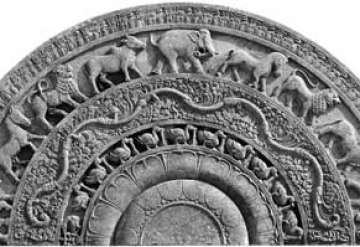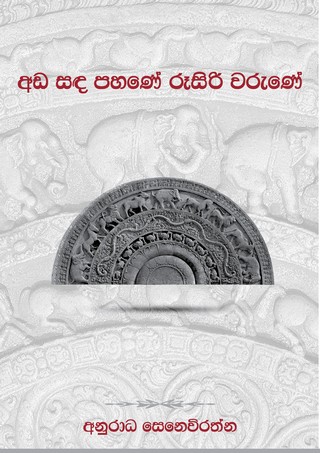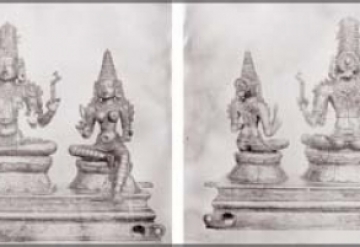Though there is no mention either in the chronicle or in any other historical or literary source of any repairs being carried out by Kirti Sri Rajainha at the Dalada Maligawa or The Temple of the Sacred Tooth Relic in Kandy during his reign between 1749-1780, we are fortunate to come across a valuable Ola leaf with two Slokas or stanzas in the British Library in London to confirm this incident. It says in brief that the king did attend to a renovation or rebuilding of the Temple of the Scared Tooth Relic in Kandy. The reasons for the repair are not given, but it I apparent that the temple may have been destroyed by the Dutch invasion of Kandy during their struggle in the Kandyan kingdom in 1765: This was not the first time that the temple in Kandy was destroyed by enemies, but it had happened earlier too during the colonial rules specially under the Portuguese. We will come to the Dutch involvement later. We will now deal with the document mentioned above. According to this valuable document, the temple was declared open once again after the repairs were completed by Kirti Sri Rajasinha during the month of Vesak in the year 1776 AD. This brief note on the event is based on an Ola document now found among the collection of Sinhala manuscripts in the British-Library in London and documented under serial number L.F. 52a 1-5. of or 6606 (3,5) and catalogued under vol4 of pg.67 of the Hugh Nevil Collection of Sinhala Manuscripts in the British Library complied by K.D. Somadasa for the PTS and published in 1990.




